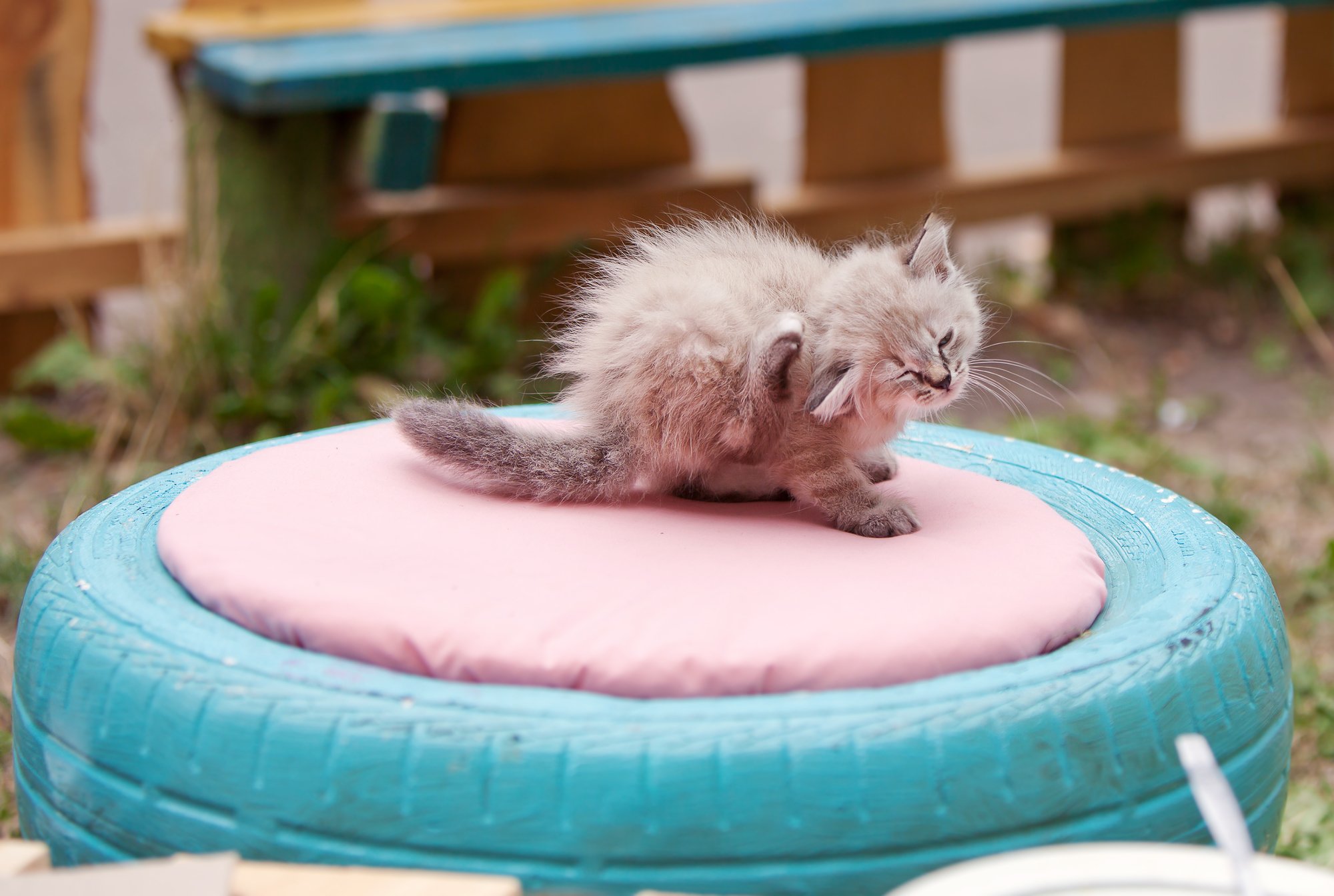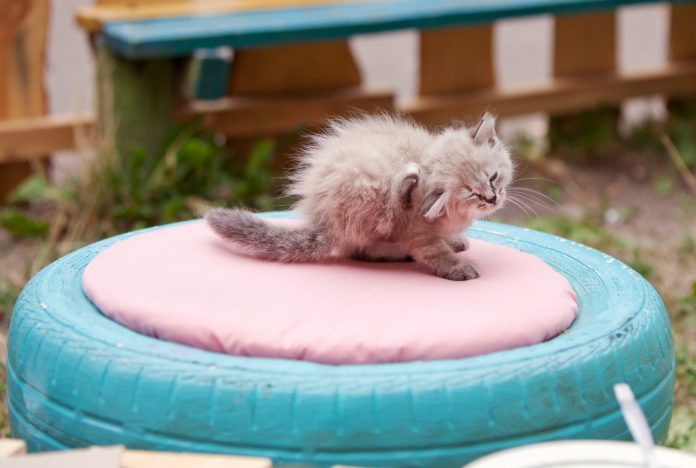lolik4ever | DepositPhotos

Banfield Pet Hospital looked at allergy trends among their patients across the country, which includes over 2.5 million dogs and 500,000 cats. Not surprisingly, flea allergy came out on top. Cases of flea allergies have been increasing, especially among their cat clients. As we all know, even one flea bite can lead to misery for a flea-allergic feline.
Environmental allergens also made a strong showing. While many people immediately jump to plant pollen as the culprit for an itchy cat, your house may also contribute to feline allergies. Dust mites, mold, fabrics, and cleaning solutions are all suspect for many cats with a year-round itch. The addition of seasonal pollens may tip your feline friend from slightly itchy to very uncomfortable.
Food allergies are real but rare. Infected, itchy ears are often the main indication of a food allergy, not gastrointestinal signs, which may indicate a food sensitivity or intolerance. The Banfield study states that itch-inciting proteins for cats include: beef, lamb, seafood, corn, soy, dairy products, and wheat gluten. If your cat has a proven food allergy, you will need to avoid that protein in her food.




